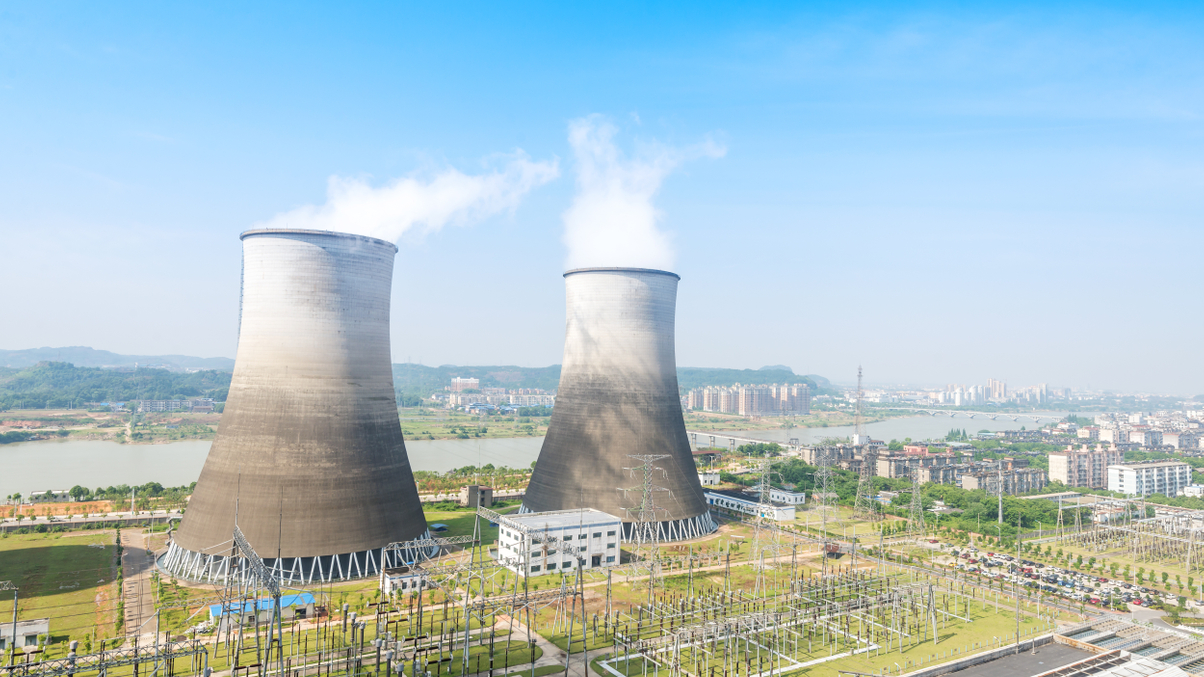China’s carbon trading market off to slow start but the only way is up
The China emissions trading initiative is confined to the country’s power sector but activity will take off as further industries are added.

China’s Emission Trading Scheme (ETS) marks a significant step in the country’s journey towards hitting net-zero carbon emissions by 2060, but its impact is expected to be muted at least in the short term as the policy’s scope remains limited to the power sector, experts said.
Sign in to read on!
Registered users get 2 free articles in 30 days.
Subscribers have full unlimited access to AsianInvestor
Not signed up? New users get 2 free articles per month, plus a 7-day unlimited free trial.
¬ Haymarket Media Limited. All rights reserved.


